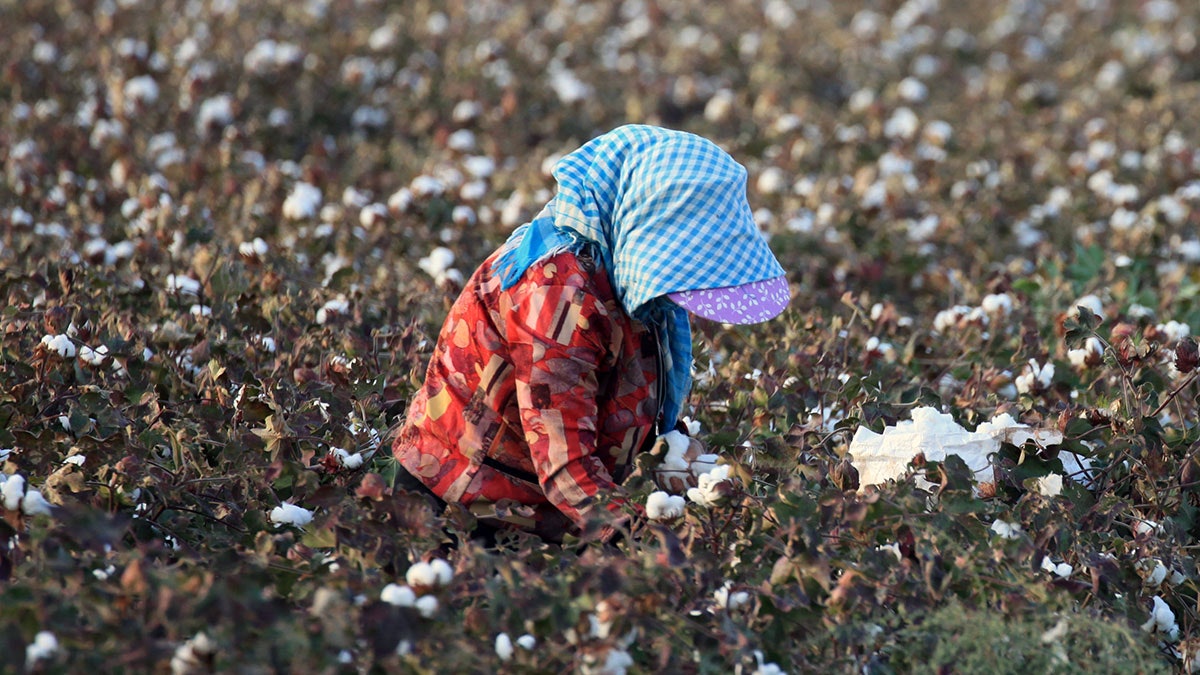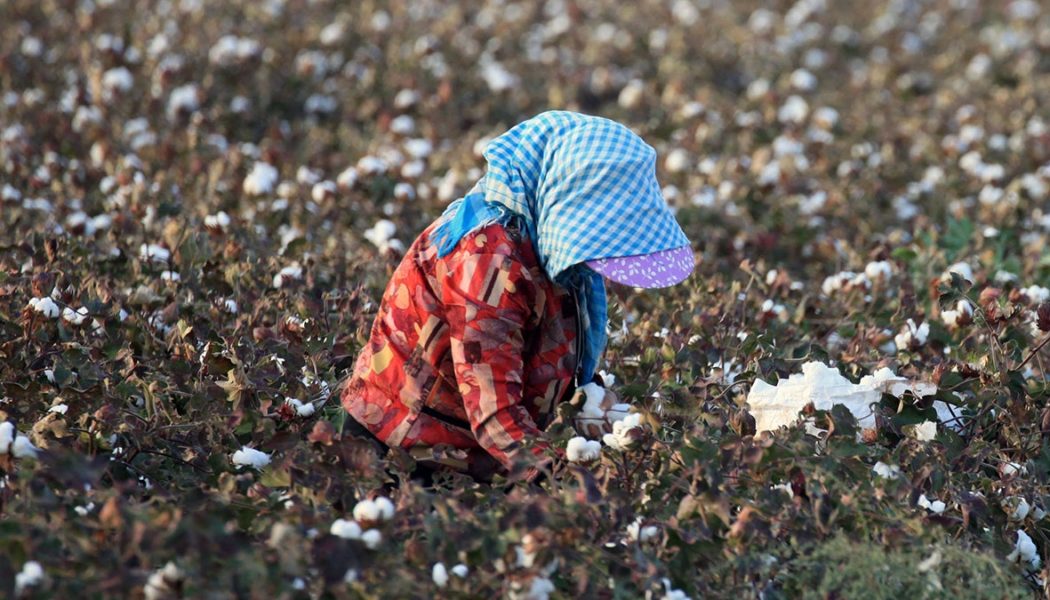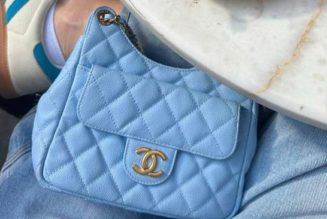
The average score of the benchmarked companies was 21 out of 100, with 20 per cent of brands scoring five or less, and just three scoring above 50 — Lululemon (63), Puma (58) and Adidas (55). The luxury apparel sector scored below average at 19, with low scores from Burberry (19), Moncler (18), Tapestry (16), Hermès (12), Prada (9), LVMH (6) and Ferragamo (4).
The biggest pain points according to the report are purchasing practices (the average score was 12, and over half of companies scored zero) and remedy, meaning whether companies disclose a process to cure forced labour grievances (with an average score of seven). Less than a quarter of companies disclosed engaging with unions to improve freedom of association, which is critical to uphold labour rights. Despite over three quarters of companies sourcing from at least one high-risk country (Argentina, Bangladesh, Brazil, China, Ethiopia, India, Malaysia, Nepal, North Korea, Thailand and Vietnam), only 8 per cent disclose details on forced labour risks identified across supply chain tiers, pointing to a lack of transparency at best or a failure for due diligence to go beyond tier one at worst, according to the report.
The 65 companies included are all publicly listed and were selected based on their market capitalisation and the percentage of revenues derived from own-branded products, as well as taking into account regional and sub-industry representation. All companies referenced were contacted by the BHRRC on 8 January. (Ferragamo and Tapestry declined to comment, and the other brands did not respond to requests to comment by Vogue Business.)
“Attention to labour exploitation in apparel supply chains has traditionally focused on so-called fast fashion companies, while the luxury segment has largely avoided scrutiny based on the perception that higher price points, Europe-based direct suppliers and quality artisanry meant garments were produced ethically,” says Áine Clarke, head of KnowTheChain and investor strategy at the BHRRC. Clarke says there is evidence that luxury brands use the same tactics as fast fashion companies, driving down prices and increasing production volumes, which puts pressure on workers. On the other hand, sportswear brands and fast fashion companies performed higher on average due to their historically higher levels of scrutiny on those sectors, says Clarke.
In this sense, the level of scrutiny that a sector receives over forced labour concerns impacts how proactive companies will be in their due diligence. Instability in fashion’s supply chain peaked during Covid-19, when cancelled orders led to wage theft, discrimination and displacement, pushing vulnerable workers into exploitative, or even forced, working conditions. Since then, pressure has been mounting and now, upcoming legislation may push companies across all sectors in fashion to improve their processes. Forced labour is among the main concerns in upcoming supply chain due diligence and transparency legislation, such as in the US Tariff Act, the Uyghur Forced Labour Prevention Act and the EU’s Corporate Sustainability Due Diligence Directive. And as more brands improve traceability, the harsh reality of fashion’s supply chains will continue to be uncovered.
It’s bad news for brands that don’t comply. “Legal and associated financial and reputational risks for companies work to internalise negative externalities, essentially putting a price on human rights and forced labour impacts in the supply chain,” says Clarke. “This can result in reducing a company’s top line, increasing stock price volatility and casting doubt in investors’ minds about the company’s resilience and ability to generate long-term financial returns.” In recent cases, even when companies have not been found liable, reputational damage and legal costs are still significant.









